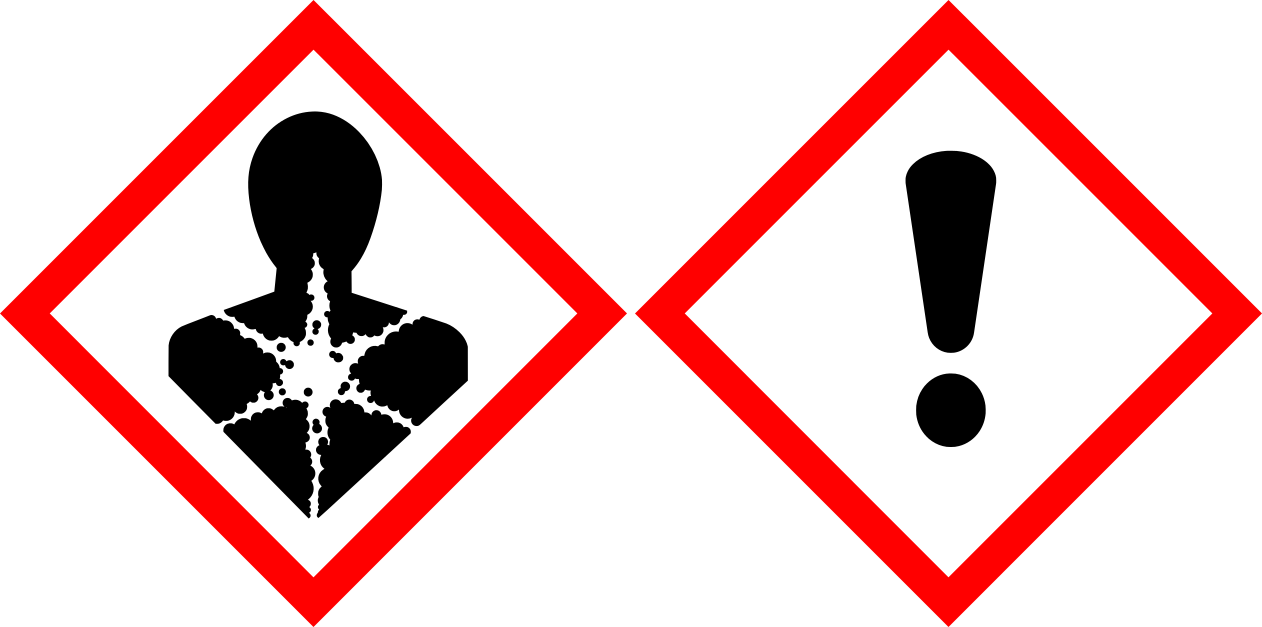Sensitisation in GHS / CLP
There are two sensitisation hazards in GHS / CLP, Europe even has another related EUH statement with EUH208. What does sensitisation actually mean, what does it refer to and what does it have to do with allergies?
What does sensitisation mean?
For the definition of sensitisation, it is best to look at the law that also describes the classification itself – in this case GHS or for Europe the CLP Regulation [1]. In principle, these are substances that can trigger an allergy after coming into contact with it.
Sensitisation and allergic reaction
Sensitisation therefore first takes place through contact with the hazardous substance. After already being sensitised, the body triggers the allergic reaction.
This is already aggravating in private life, but can be managed by avoiding the substances to which you are allergic. It is more critical in professional life. Because if you develop an allergic reaction to a substance you use every day, then working can no longer be done in the usual way.
Sensitisation in GHS / CLP
The classification in sensitising effects is divided into sensitisation of the respiratory tract and sensitisation of the skin. The two classifications differ in the form of absorption, as the name already indicates, and are assessed independently of each other. This means that a substance / mixture can be classified with no sensitisation, sensitisation for one of the mentioned effects or both.
Identifying sensitisation in products
You can recognise sensitisation by these two hazard statements:
“May cause allergy or asthma symptoms or breathing difficulties if inhaled.”
“May cause an allergic skin reaction.”
The two routes of exposure are assessed differently and also have different hazard pictograms. Respiratory sensitisation has the pictogram “Health hazard” (GHS08) and skin sensitisation has the pictogram “Exclamation mark” (GHS07).

In addition, the following statement may also appear on the label:
“Contains (name of sensitising substance(s)). May cause allergic reaction.”
These are ranges of quantities in which the substances mentioned become dangerous mainly for people who already have an allergy to the substance – i.e. are sensitised to at least one of the substances mentioned. The short form of this description is EUH208 and thus a special statement that applies in the European area.
Conclusion
In private life as well as at work, you should not underestimate sensitising substances. Especially if the respiratory tract is affected, it is best to avoid handling such substances or to assess it accordingly (work in fresh air / with fume cupboard, etc.).
For safety data sheet creators, it is also worthwhile to address sensitising substances in the label, as described in this blog post (German version). Our GeSi³ software classification calculator recognises sensitisations and points them out in the safety data sheet and the hazardous substance label.
Source:
[1] Regulation (EC) No 1272/2008 (CLP Regulation), consolidated version EUR-Lex, 01.10.2021


